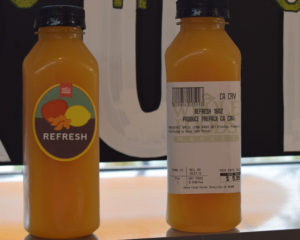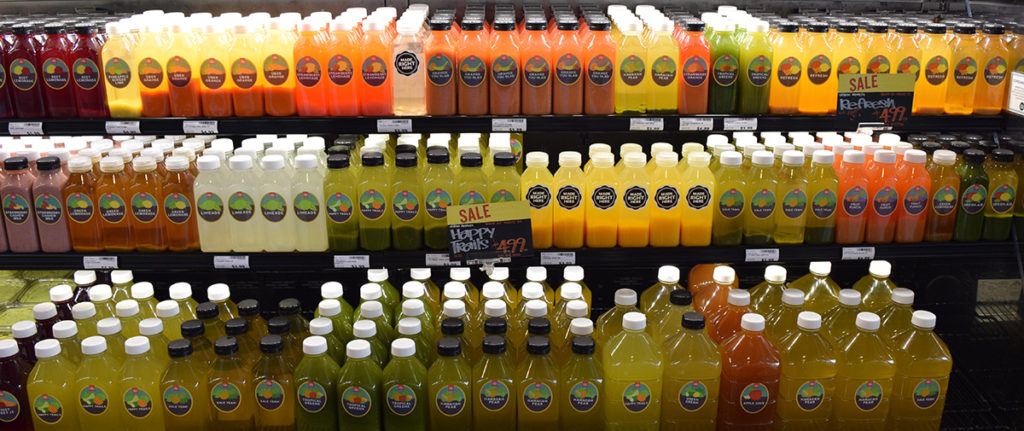As it stands, there isn’t much information on exoskeletons that is easy to understand. The vast majority of news articles tend to mix science-fiction with reality. There are thousands of articles floating on the internet that start out well, only to be derailed by some desperate attempt to compare fact with fiction. For example, an article describing a medical rehabilitation exoskeleton will suddenly try to compare it to the Iron Man suit.
On the other end of the spectrum, many more informative articles on the exoskeleton industry assume that the reader already has some prior knowledge on the subject. For example, the term “exoskeleton industry” was used more than 30 times on the Exoskeleton Report before an article was written that tried to explain what it means. To get even more quality information, a person must read scientific journal articles and patents, and that is beyond the scope of the average consumer or investor.

If we divide the information available on wearable exoskeletons, the vast majority of it will fall under the “too simplistic” category. The person covering the story usually has the best of intentions, but just doesn’t have the time to get their facts straight. Others end up too complex and inaccessible to the common person. Hitting the sweet spot right in the middle is challenging but not impossible. A few TED Talks and a handful of articles from Futurism.com have managed to hit that sweet spot between simple but still information laden.
A bottled solution.

How can the same informational piece of media be both accessible, entertaining, highly technical and educational? Whole Foods Market has an answer, it can’t! The marketing team at Whole Foods had a clean spartan label on each one of their fresh juice bottles that clearly explained the content of each container. The labels were highly informative but bland and boring. Rather than changing the label, the company simply added a new one on the opposite side which has all that is needed to get the attention of the customer: a colorful picture with the ingredients and a short name of the product. If the customer is interested, they can then turn the bottle 180 degrees and get more information on the content.
How would the Whole Foods Market juices labels rate on the 4 scale spectrum presented above? A completely useless label would be “juice” with big colorful letters. A 2D drawing of the ingredients and a unique name of the product is eye catchy but still holds a lot of information. The colorless label on the back includes a ton of useful information, but a customer would be unlikely to read it if they saw it first. Finally, a report using liquid chromatography on the exact quantity of impurities in the bottle lot would be the equivalent of reading a patent or a journal paper; most people just won’t do it.
The Whole Foods Market labeling system is a potential solution to presenting information on exoskeletons. Rather than trying to make articles more colorful and simplified, create dedicated material to get people interested. This could be in the form of a trade magazine or an online catalog that primes the general public that the exoskeleton industry is real and diverse and we don’t need Iron Man to make it interesting. If Whole Foods Market can organize dozens of drinks so you can see in seconds what flavors and sizes are available, then we can also do the same for the exoskeleton industry.

In retrospect, earlier in 2016 we focused on outlining the problems facing the exoskeleton industry:
- Lack of communication is the greatest challenge to the exoskeleton industry.
- The Difficulties in Investing in Exoskeleton Companies
- When is the Exoskeleton Industry Inflection Point and Where Are The Orders?
- Overselling the Dream of Personal Use Exoskeletons
Now in the latter half of 2016 we have begun to focus on the solutions:
- We presented a Lego Minifigure exoskeleton as an example how it can be used to sway public opinion and make the technology more relatable to the newest generation: First Official LEGO Minifigure Wheelchair and Unofficial Exoskeleton
- We looked at a long-term strategy for fighting piracy in Will exoskeleton companies turn a profit by selling product or a service?
- Finally, we presented a case why exoskeleton products should be developed by placing the need first before the love for the technology in Connecting customers to product: lift and carry exoskeletons.








Add Comment